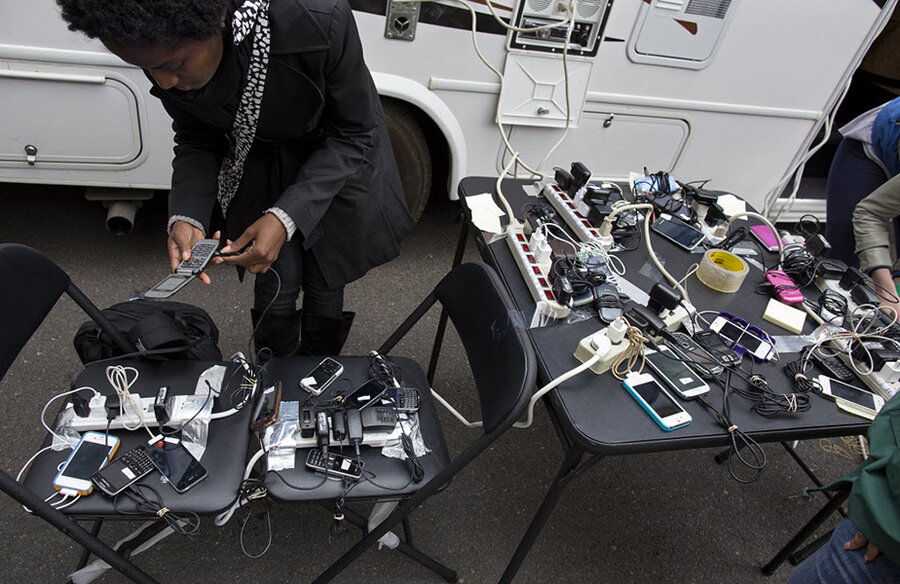How 'Qi' wireless battery charging could help people ditch the cords
With cellphone batteries typically lasting about a day because battery technology hasn’t kept pace with the ever-increasing power of many feature-rich phones, reaching for a cumbersome charger is a necessary chore.
A new standard for wireless charging that’s becoming increasingly prevalent in furniture, cars, and some airport lounges and hotels wants to change that.
The concept behind the chargers is straightforward — a base plugged into an electrical outlet emits a constantly-varying magnetic field, which causes a receiver in the device to vibrate, powering the battery and allowing it to charge.
The technology, known as resonant inductive coupling, has been used for more than a century — it was used in inventor Nikola Tesla’s Tesla coil, which produced very high voltages at a high frequency — but in recent years, a move to develop a common standard for consumer electronics has been growing.
So far, more than 200 companies — including Microsoft, Samsung, LG Electronics, Verizon, Sanyo, and Phillips — have agreed to use a standard for the chargers called Qi (from the Chinese word for “air” or “natural energy”).
The market for wireless chargers has been growing steadily, with companies shipping 55 million devices that charged wirelessly in 2014, which grew to an expected 160 million this year, or $1.7 billion in sales, according to the market research firm IHS. That market is expected to grow to $8.5 billion in sales by 2018.
The furniture maker Ikea recently introduced its own line of wireless-charging products, including a desk lamp featuring a wireless charging pad and a standalone pad that can charge three devices at once.
So far, the Ikea products take slightly longer to charge a smartphone than a standard cable, writes Digital Trends’ Jenny McGrath.
“It was a bit of a drawback that I had to hover over the lamp whenever I got a message, so as not to interrupt the charging process. Yes, cords are a leash, but at least they give you some leeway. I could never read in bed on an almost-dead phone using Ikea’s technology,” she notes in a review.
There’s also been a growing consensus among a variety of suppliers — with wireless charging stations appearing in McDonald’s restaurants in the UK and the lobbies of hotel chains such as Marriott, Sheraton, and Four Seasons. Meanwhile, a Toronto-based company called ChargeSpot is currently working to retrofit offices and commercial spaces to use wireless charging, reports Entrepreneur Magazine.
Since the technology is relatively new, there are some catches — Apple’s iPhone doesn’t natively support wireless charging, for example, with Ikea including a special case to permit the devices to work with its products. It's generally supported by Android devices, notes Digital Trends.
Carmakers are taking notice of the technology, with Toyota offering wireless charging in its popular Camry and Toyota models and in Lexus cars, while BMW and Audi have begun offering it in some vehicles. Qi charging could eventually become a common standard across all automakers, IHS suggests in a study.
While some desktop-based models, such as Ikea’s lamp, still include a bulky adapter, as wireless charging continues to be adopted for use with more devices at home, at work, and in the car, it looks to be a key way for users drowning in cables to cut the cord and eliminate clutter.





